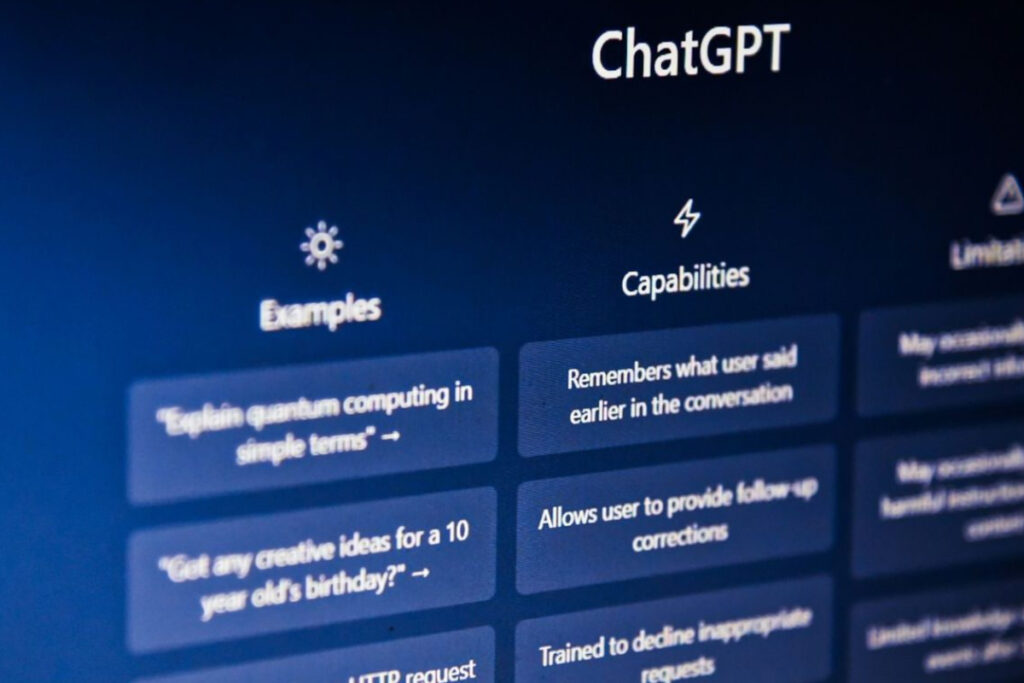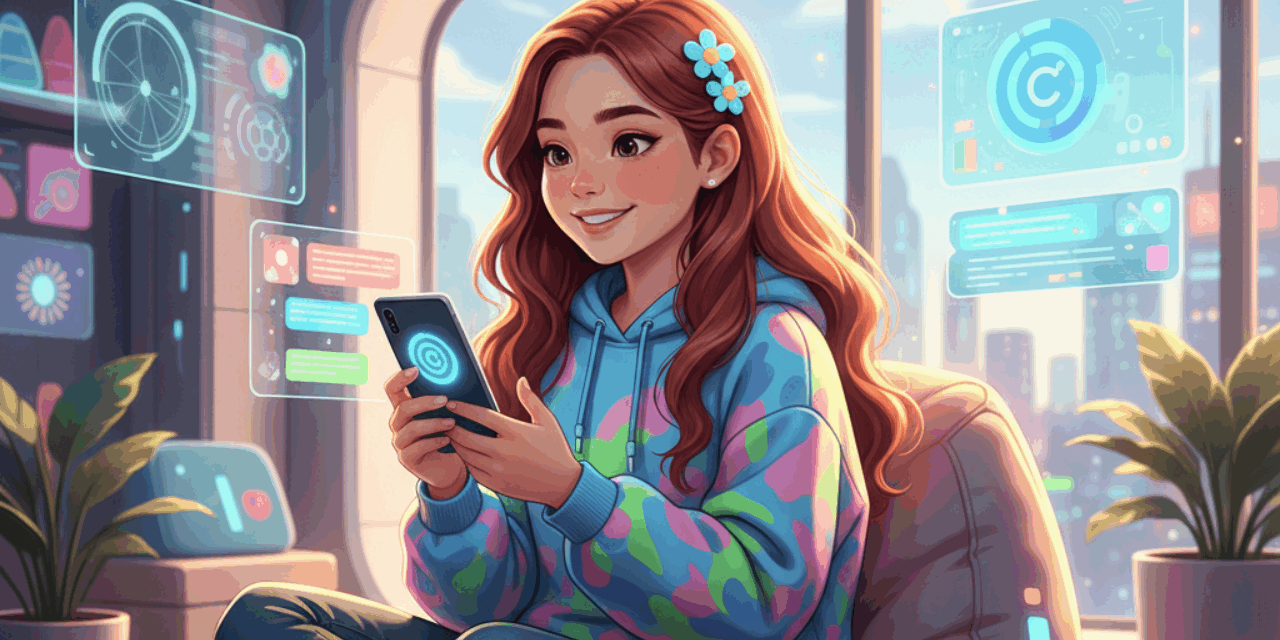Artificial intelligence is growing fast, and tools like ChatGPT are being used by millions of people every day. But while many adults are comfortable using AI, parents and teachers often worry about how safe it is for teenagers. To address these concerns, OpenAI has now introduced a teen-friendly version of ChatGPT that comes with new safety features. This move is meant to give young people access to the benefits of AI while still keeping their online experience positive and secure.
Why Teens Need a Safer ChatGPT
Teenagers today are often quick to try out the latest technology. Whether it is for schoolwork, creative projects, or just curiosity, many already explore tools like ChatGPT. However, teens are also more vulnerable to harmful or inappropriate content online. Without proper safeguards, there is a risk of them seeing things they are not ready for, or even being misled by information that is not reliable.

By creating a safer version for young users, OpenAI is recognizing that one size does not fit all. Adults and teens may both use ChatGPT, but what is considered appropriate and helpful for one group is not always the same for the other. This updated version is a way of finding balance: letting teens explore AI tools while making sure they are shielded from risks.
The Safety Features
The teen-friendly ChatGPT comes with several updated features designed to make the experience smoother and safer:
- Stronger content filters: The system is better at blocking harmful, violent, or explicit material so that teens don’t accidentally come across inappropriate responses.
- Age-appropriate replies: The AI is designed to answer in a way that is more suitable and respectful for younger users while still being useful for learning and creativity.
- Fact-checking nudges: Teens will often get gentle reminders to double-check important information, especially when it relates to health, safety, or school topics.
- Wellness features: The AI now shares healthier responses on sensitive topics like stress, bullying, or relationships—encouraging teenagers to talk to a trusted adult when needed.
- Privacy controls: The system avoids asking for personal details, making sure a teen’s information stays private and safe.
These features are part of OpenAI’s ongoing effort to build more responsible AI tools. By adding them, the company hopes teens can enjoy ChatGPT without the risks that often come with online spaces.
Learning and Creativity Support
For many teenagers, ChatGPT is more than a chatbot—it is like a digital helper for school and hobbies. With the safety features in place, the tool can now focus even more on being supportive in healthy ways. Students can use ChatGPT to:

- Break down difficult school subjects into easier parts
- Brainstorm creative ideas for essays, artwork, or personal projects
- Practice communication skills, such as writing or debating
- Learn step by step rather than feeling overwhelmed by complex topics
Since the replies are tuned for younger audiences, students can ask questions without worrying about accidental exposure to unsuitable material. This makes the tool feel friendlier and more trustworthy.
Helping Parents and Teachers
Another important part of this launch is how it reassures parents and teachers. Many adults have been unsure whether it is safe for teens to use AI for learning. With the new safety features, parents can feel more comfortable letting their children explore ChatGPT, knowing the platform is actively trying to protect them. Teachers may also find it easier to include ChatGPT in lesson planning, since the tool encourages curiosity without stepping into unsafe territory.
Some schools are already experimenting with ChatGPT as a digital tutor. The teen-friendly version gives these schools a stronger reason to adopt the technology since it aligns with both educational goals and student welfare. Instead of being something students have to secretly use, it can now be openly discussed and responsibly guided.
Encouraging Healthy Use of AI
Even though the system has better safety tools now, OpenAI is also encouraging teens to remember healthy digital habits. Part of the teen-friendly design is to make sure young users do not depend too heavily on the chatbot. The goal is balance: ChatGPT can help with ideas, explanations, and encouragement, but real learning still comes from thinking critically and exploring other trusted resources.

The AI itself sometimes reminds teens to take breaks or verify facts. These reminders are small touches, but they matter because they train young users to be more thoughtful in how they use AI. Instead of replacing hard work or human conversation, the chatbot works as a companion that supports and guides them.
A Step Toward the Future
The launch of a teen-friendly ChatGPT is just one step in the bigger future of AI. OpenAI has said it wants its technology to be available for everyone, but always in a way that is fair, safe, and responsible. By starting with safer versions for teens, the company shows it is listening to community concerns and working toward long-lasting trust.
As more young people begin experimenting with AI, tools like this will become an important part of their daily lives. The safer design means fewer risks, and the supportive responses mean more opportunities to learn and grow. AI will never replace the guidance of parents, teachers, or friends, but it can help teens when used wisely and responsibly.
With this new update, OpenAI is taking a positive step toward making AI an ally for young generations. A teenager-friendly ChatGPT means that young people can explore their curiosity, enhance their studies, and express their creativity, all while staying safe online. It is an important reminder that technology should serve people of all ages, and when built carefully, it can make learning and growing up a little easier—and a lot safer.





